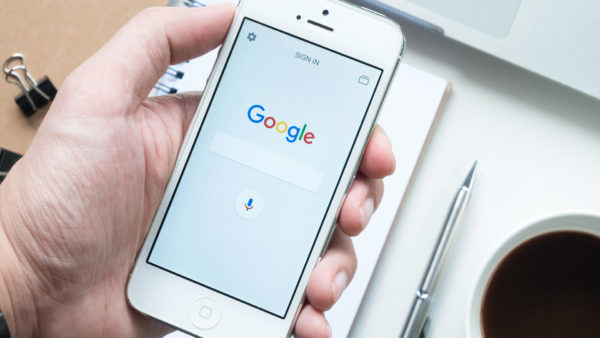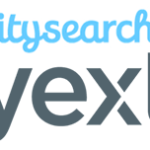
The program is aimed at bringing spam and fraud detection to call ads.
Google has begun informing advertisers that it may record some of the calls that come in through call-only ads and call extensions in ads. Here’s what we know about this new initiative so far.
Why Google is doing this. The primary goals, says Google, are to protect users from fraud and spam and to ensure a trusted environment for advertisers.
“Fraud in the advertising calls ecosystem is a growing issue and we are committed to combating it and improving call quality for consumers. We have introduced a program in the U.S. to record a small fraction of the calls in call ads. Our efforts will help prevent spam and other negative user experiences as well as reduce wasted marketing spend for advertisers,” a Google spokesperson said in an email.
It’s an extension of the spam and fraud prevention efforts Google already performs for text ads to call ads. The program will help Google collect data to understand and detect fraud signals from phone calls in much the same way it does to catch fraudulent text ads.
From this data, Google will build a model to automate fraud detection and prevention from calls.
How the program works. Google says only a small fraction of calls will be recorded, and only in the U.S. Callers will hear a message that Google will record the call for quality assurance — a standard type of message used across industries. All calls will be eligible for recording, not just ads using Google forwarding numbers. It’s possible callers could hear two recording notifications if an advertiser is already using a recording service. With just a small fraction of calls will be recorded, the likelihood of this happening at an advertiser level is low, says Google.
Google will anonymize recording data and evaluate calls to ensure they comply with Google’s ad policies around misleading, inappropriate and harmful ads.
Google stresses that recording data will not be used for ad targeting and that all caller data is anonymized.
What it means for advertisers. Advertisers in the U.S. that are using call extensions or call-only ads will need to opt into the program in order to be able to use all the call ads features. Advertisers won’t have insights on which or how many of their calls are recorded or have access to recordings.
Opting out isn’t really viable if you want to keep using these features. If you opt out, Google won’t record any of your calls, but you also won’t be able to add new or edit existing call extensions and call-only ads.
The Call and Messaging Ads Terms is located under Rules and Terms in Google Ads Account Settings. To opt in after reviewing the terms, click “Accept.”
This program is aimed primarily at bad ads rather than reducing junk calls, but the data may lead to optimization modeling that can cut down on wasted ad spend.
This article has been update to note that the program applies to all calls.






